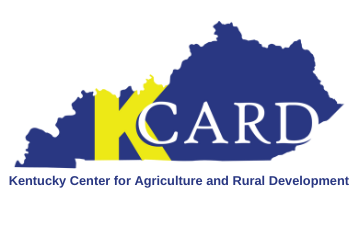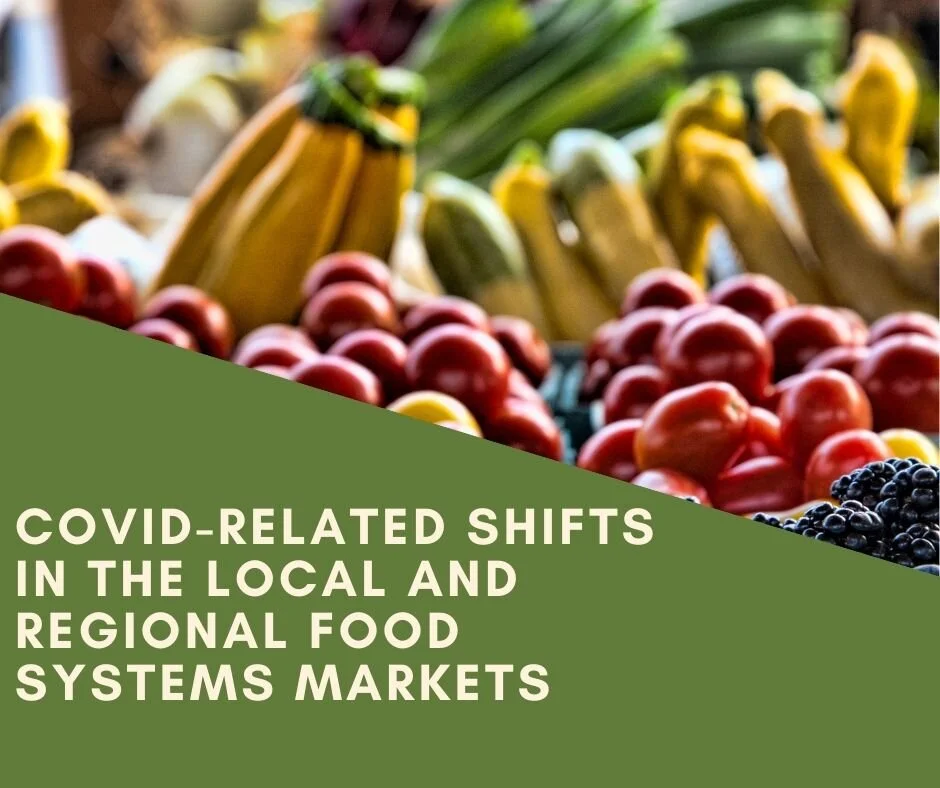We all know that over the course of one long year of COVID-19, our habits have changed. From baking bread to who we break bread with, new norms have been established at a rapid pace. One team of researchers, led by the University of Kentucky, is documenting the innovations and COVID-related shifts in the Local and Regional Food Systems markets. Check out the detailed results from a 5,000-household survey in the fall of 2020 here and read some key takeaways and lessons for businesses that we have extracted, below.
1st Key Takeaway: 35% of surveyed households found new food marketing channels in 2020. These new food marketing channels included farmers markets, CSA or direct from a producer, local independent restaurants, meat markets, and food boxes. As of September 2020, between 31-39% of these new shoppers are still using the new local market channels they tried for the first time in 2020. Wow! This means that about 12 out of every 100 households tried a new marketing channel in 2020 and were still using it several months into the COVID-19 pandemic.
1st Lesson for the Business Those new customers you served in 2020 aren’t just around for the “panic purchase!” Do what you can to make sure that new customers are informed about your farm business and get to “know their farmer” and take time to make sure that customer onboarding goes smoothly.
2nd Key Takeaway From September 2019 to September 2020, the overall percentage of consumers using online food shopping methods increased 16%, from 33% to 49%. Though the youngest segment of the population, ages 18-44, uses online food shopping methods the most, ages 45 and over still increased their online food shopping prevalence substantially during the COVID-19 pandemic.
2nd Lesson for the Business If online food shopping is part of your business model, make sure that the transaction is as smooth and seamless as possible. Make it easy for consumers to form a habit of shopping online with your farm business. If you’ve considered adding online shopping to your farm business, there is no better time to start!
3rd Key Takeaway When surveyed, 70% of respondents reported that purchases that support the local economy are important or very important to them. The second most important aspect chosen by respondents was options on the purchasing method. The third most important was locally grown and the fourth was organically grown.
3rd Lesson for the Business First, highlight how customers support your farm business in tangible ways (employee wages, infrastructure improvements, enterprise expansion) and how your farm business supports the greater local economy (hardware store, feed store, mechanic). Also, be sure to highlight locally and organically grown if those attributes fit your farm business. Finally, be sure to give your customers purchasing method options!
4th Key Takeaway Consumers are making first-time purchases from local farms. Farmers markets saw the largest amount of customers making first-time purchases, at about 18%, second was direct from producer at about 13%, and CSAs were third with about 8%.
4th Lesson for the Business Be ready to answer all the “new customer” questions each time you make a sale. Equip yourself and employees with the resources they need to provide exceptional customer service. However, your farm business should also know its target customer. With so many new folks coming through your door, don’t be afraid to let them go if the shoe doesn’t fit well.
If you would like assistance implementing some of these suggestions, KCARD can help. Contact us at kcard@kcard.info or 859-550-3972 today.
The Kentucky Local Food System Expansion Initiative is supported by the USDA Local Food Promotion Program.

